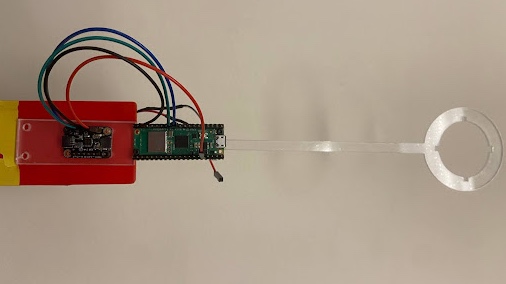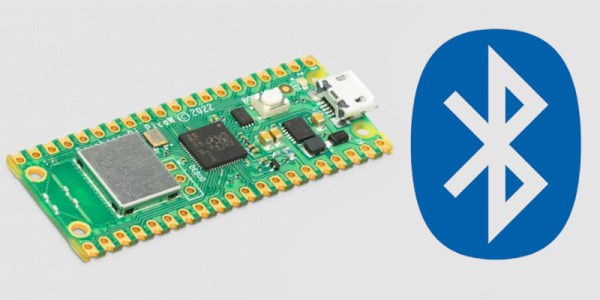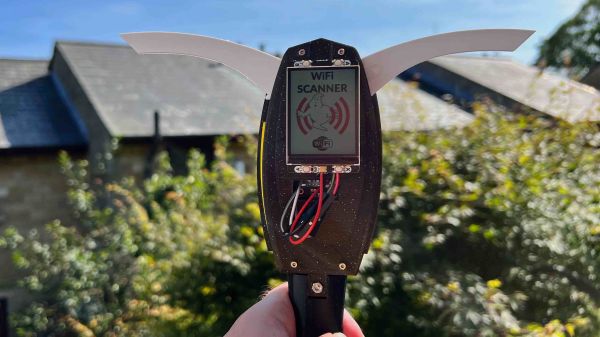Most of us spend our lives within reach of a device that provides a clock, stopwatch, and a timer – you’re almost certainly reading this article on such a device – but there are fewer options if you want a screen-free clock. [Michael Suguitan]’s TOKIDOKI rectifies this situation by combining those three functions into a single, physical, analog clock face.
TOKIDOKI displays time by lighting the appropriate segments of two concentric rings of colored LEDs (Adafruit Neopixel rings); the inner ring indicates hours, while the outer ring displays minutes. There is one clock hand, and while it does indicate the passage of time in some situations, its main function is as a dial to control the clock’s different functions. The hand is connected to a Dynamixel XL-330 servo motor, which also serves as a position sensor. Winding the dial clockwise starts a countdown timer, with each successive full rotation switching to a larger unit of time (a fun/unsettling feature is that the largest chronometric unit is the user’s expected lifetime: 84 years). Winding counterclockwise either starts a stopwatch or sets an alarm, depending on how many full rotations you make.
A Raspberry Pi Pico running some MicroPython firmware manages the device and gets the current time from a local network. To soften the light’s quality, the LED rings are pointed backwards to provide back-lighting off of a recessed surface. The entire device is powered by USB-C, and is enclosed in a 3D-printed housing.
This project was designed as an experiment in minimal interfaces, and it certainly achieved that goal, though we imagine that it takes a bit of time to get used to using this clock. We always enjoy seeing innovative clocks here, from digital to analogue, and those that split the difference. Continue reading “A Concentric Clock With Multiple Modes”



















